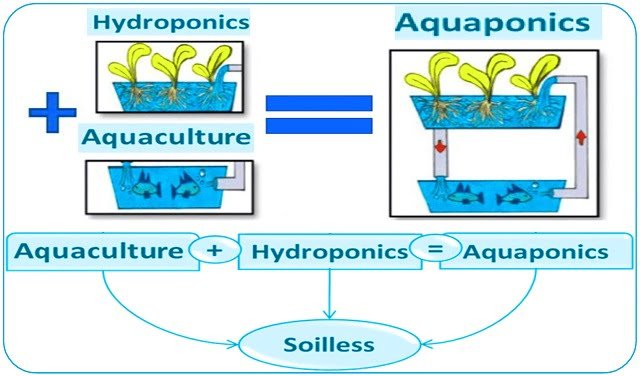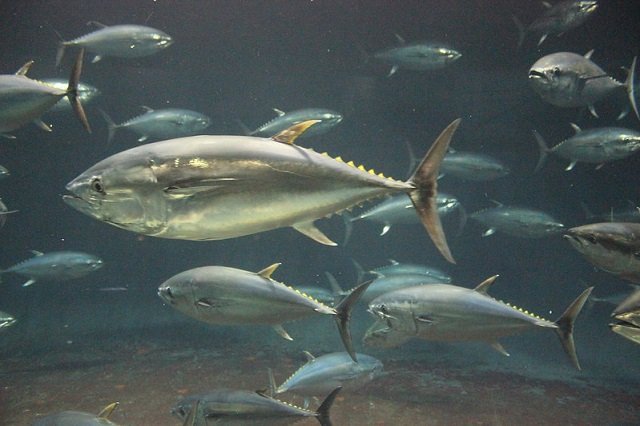
The Atlantic salmon (Salmo salar) aquaculture industry has evolved significantly, adapting feed formulations to reduce dependence on marine ingredients like fish oil. While the effects on omega-3 fatty acids (EPA and DHA) have been extensively studied, a less discussed but equally relevant change is the reduction of saturated fat (SFA) and cholesterol (CHOL) in diets. Although salmon can produce these internally, is this endogenous production sufficient when dietary levels drop drastically?
A recent study, published by researchers from the Institute of Marine Research, Skretting Aquaculture Innovation, and the Norwegian Institute of Food, Fisheries and Aquaculture Research (Nofima), investigates precisely this, revealing the importance of these components for fish performance, fillet quality, and color.
Why Study Saturated Fat and Cholesterol?
Traditionally, neither SFA nor CHOL are considered essential nutrients for salmon, as the fish can synthesize them. However, their natural diet is rich in both. CHOL is vital for cell membranes, growth, and as a precursor for bile acids and hormones.
SFA, on the other hand, plays a key structural role, especially in cell membranes, and its reduction could impact fillet quality, which mainly accumulates neutral lipids. Previous studies already suggested potential negative effects of low SFA levels on fillet liquid loss and firmness, as well as the influence of CHOL on pigmentation (color). Given the trend of using more vegetable oils (low in SFA and without CHOL) and the potential incorporation of new omega-3 sources like algal oils or transgenic canola (also low in these components), understanding the minimum requirements becomes crucial.
Evaluating Different Levels of SFA and CHOL
To address these questions, researchers conducted a feeding trial with Atlantic salmon in Norway. Seven experimental diets were formulated:
- Five diets with increasing levels of SFA (from 10% to 28% of total fatty acids), maintaining low CHOL levels (<500 mg/kg). A combination of palm oil (rich in SFA), rapeseed oil, and camelina oil was used to achieve the gradient, and algal oil and/or marine concentrate was used to supply EPA and DHA without using fish oil.
- Two additional diets: the diets with 10% SFA and 25% SFA were replicated with added CHOL (>2100 mg/kg).
This allowed for the analysis of both the gradual effect of SFA and the interaction between high/low levels of SFA and CHOL. The trial was conducted in tanks with seawater at 12°C for 38 weeks (9 months), monitoring growth, feed intake, and other parameters. Samples were taken at different points for analysis of body composition, fillet quality, and color.
The Impact of Reducing SFA and CHOL
The study findings reveal significant consequences, especially when drastically reducing saturated fats:
Fish Performance
- Reduced Growth: The lowest SFA levels (10%) resulted in lower salmon growth, particularly noticeable in the long term (38 weeks).
- Increased Feed Intake and Poorer Conversion (FCR): Paradoxically, fish on low SFA diets consumed more feed, but their efficiency in converting it into biomass was lower (higher FCR). This suggests additional energy expenditure, possibly allocated to internal SFA production.
- Cholesterol Effect: Lack of CHOL also showed a tendency to reduce growth and worsen FCR, although less pronounced than the lack of SFA. The negative effect was most evident when both SFA and CHOL were simultaneously low (SFA10 group).
- Endogenous Production: Retention calculations confirmed that fish produced SFA (specifically palmitic acid 16:0) and CHOL internally when dietary levels were low. Apparent retention of 16:0 exceeded 100% in the groups with 10% SFA, indicating net synthesis.
Fillet Quality
- Higher Liquid Loss: Fillets from salmon fed the lowest SFA diet (10%) lost significantly more liquid after freezing and thawing. This is likely attributed to the different melting points of the fats in the fillet.
- Lower Firmness: The combination of low SFA and low CHOL levels (SFA10 diet) resulted in softer fillets. Firmness is an important quality attribute.
- Fillet Fat Composition: As expected, the fillet’s fatty acid profile largely reflected the diet, with muscle SFA levels varying from ~11% (SFA10 group) to ~23% (SFA25C group) at the end of the study. Interestingly, the DHA level in the fillet tended to be slightly higher in the groups with more dietary SFA, despite similar DHA levels in the feed, suggesting a possible “protective effect” of SFA on DHA.
Fillet Color
- Lower Pigmentation (Astaxanthin): Both low SFA and low CHOL levels negatively impacted astaxanthin deposition in the fillet, resulting in a less intense red color.
- Negative Interaction: The poorest color was observed in the group receiving low levels of both SFA and CHOL simultaneously (SFA10). Analyses with SalmoFan™ and a colorimeter confirmed lower redness (a* value) and, in some cases, lower yellowness (b* value) and higher lightness (L* value) in this group.
Implications for the Salmon Industry
This study underscores that, although not essential, very low levels of SFA (like 10% of total fatty acids) and CHOL (less than 500 mg/kg) in feeds can compromise the productive performance and final quality of Atlantic salmon raised at 12°C.
Stay Always Informed
Join our communities to instantly receive the most important news, reports, and analysis from the aquaculture industry.
- Minimum SFA Level: Based on growth results, a minimum of 15% SFA in the feed is suggested to avoid affecting performance, although more research is needed to define the optimal minimum for fillet quality.
- Importance of CHOL: CHOL supplementation can partially mitigate the negative effects of low SFA levels and appears crucial for maintaining fillet firmness and, especially, color when the base feed is low in CHOL.
- Future Formulation: With the increasing adoption of vegetable oils and new omega-3 sources (poor in SFA and CHOL), feed formulators will need to pay attention to these components to ensure adequate levels, either through ingredient selection or supplementation. The use of terrestrial animal by-products, which provide SFA and CHOL, could be an efficient option, although their acceptance varies regionally.
Conclusion
Reducing marine ingredients in Atlantic salmon feed brings complex changes to the feed’s lipid profile. This study clearly demonstrates that excessively reducing saturated fat (below 15%) and cholesterol (less than 500 mg/kg) can have adverse effects on growth, feed efficiency, and key fillet quality attributes such as liquid loss, firmness, and pigmentation. Considering these “non-essential” nutrients in modern feed formulation is fundamental to maintaining the productivity and quality demanded by the market.
Contact
Nini Hedberg Sissener
Institute of Marine Research
Box 1870 Nordnes, 5817 Bergen, Norway.
Email: nini.sissener@nofima.no
Reference (open access)
Sissener, N. H., Rosenlund, G., Larsson, T., Sæle, Ø., Ruyter, B., Philip, A. J. P., & Stubhaug, I. (2025). Saturated fat and cholesterol in Atlantic salmon (Salmo Salar L.) feeds are important for fish performance, fillet quality and colour. Aquaculture, 742642. https://doi.org/10.1016/j.aquaculture.2025.742642
Editor at the digital magazine AquaHoy. He holds a degree in Aquaculture Biology from the National University of Santa (UNS) and a Master’s degree in Science and Innovation Management from the Polytechnic University of Valencia, with postgraduate diplomas in Business Innovation and Innovation Management. He possesses extensive experience in the aquaculture and fisheries sector, having led the Fisheries Innovation Unit of the National Program for Innovation in Fisheries and Aquaculture (PNIPA). He has served as a senior consultant in technology watch, an innovation project formulator and advisor, and a lecturer at UNS. He is a member of the Peruvian College of Biologists and was recognized by the World Aquaculture Society (WAS) in 2016 for his contribution to aquaculture.




